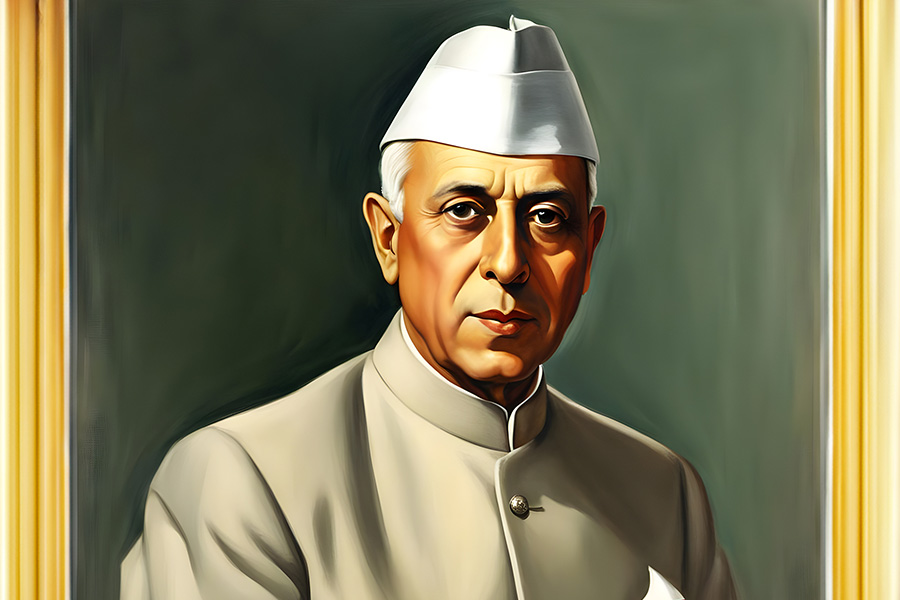
Since 1956, when India and Ceylon recognised the need for a maritime boundary, the ‘Kachcha Thivu [sic] Island Dispute’ echoed in the Lok Sabha, only to be overruled by Prime Minister Jawaharlal Nehru.
Author
Arup K. Chatterjee, Associate Professor, Jindal Global Law School, O.P. Jindal Global University, Sonipat, Haryana, India.
Summary
About 20 miles north of Dhanushkodi lies Katchatheevu, a 285-acre uninhabited isle born of a 14th-century volcanic eruption. Ceded in a goodwill act in 1974 by the Indira Gandhi administration to Sirimavo Bandaranaike’s Sri Lanka, Katchatheevu was the nucleus of the 1976 bilateral maritime boundary division. With the outbreak of the Lankan civil war, it became a battleground between Indian Tamil fishers and a Sinhala-dominated Lankan navy, leading to the loss of livelihoods and lives of accidental Indian forayers into Lankan territory. Sinhalese fishermen now fear that the Lankan administration might lease the island to India. But the Katchatheevu dispute’s complex, colonial legacy cannot be distilled down to parochial anxieties.
The dispute dates back to October 24, 1921, when Indian and Ceylonese delegations negotiated a ‘Fisheries Line’. The Ceylonese claimed Katchatheevu given the presence of St Antony’s Church. Once a part of the Ramnad zamindari under the Sethupathis, Katchatheevu was established in 1605 by Madurai’s Nayak dynasty. In 1767, the Dutch East India Company signed an agreement to lease it. In 1822, the British East India Company leased it from the Sethupathis. A number of leases in favour of the British government between 1880 and 1910, the judgment in the Annakumaru Pillai vs Muthupayal case (1904), a 1913 agreement in favour of the Secretary of State for India, and a 1922 report from the Imperial Records Department on the “Question of the ownership of the Island of Kachitivu [sic]” attest to India’s historic right over Katchatheevu. Yet, in 1921, the two sides informally agreed on an unratified border three miles west of Katchatheevu.
Published in: The Telegraph
To read the full article, please click here.

